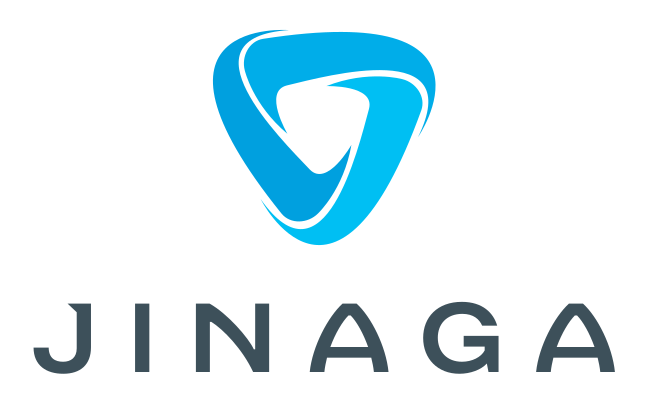Get it on NuGet.
dotnet add package Jinaga
dotnet add package Jinaga.Store.SQLite
dotnet add package Jinaga.UnitTestFacts
A Jinaga data model is made of facts.
A fact is immutable.
That's why we use C# records to represent them.
Use the FactType attribute to give it a type name.
Here's an example.
[FactType("Blog.Post")]
public record Post(DateTime createdAt, Site site) {}See that Site type?
That's another fact.
That's how facts are related to each other.
Creating facts
Whenever the user does something, like create a blog post, your app creates a fact.
Use the function jinagaClient.Fact to do that.
await jinagaClient.Fact(new Post(
DateTime.UtcNow,
site
));Call the jinagaClient.Fact function within the mobile app whenever you want to save something.
It will be saved locally and sent to the server where it will be stored.
You don't need a custom API.
Finding facts
To find a set of facts, first write a specification using LINQ.
var postsInSite = Given<Site>.Match((site, facts) =>
// Find all posts in this site.
from post in facts.OfType<Post>()
where post.site == site
select new
{
hash = jinagaClient.Hash(post),
// For each post, find all titles.
titles =
from title in facts.OfType<PostTitle>()
where title.post == post
select title.value
}
);The specification finds all facts of a certain type related to the given starting point. It then selects the fields you want to use.
The query method returns all facts matching the specification.
const posts = await jinagaClient.Query(postsInSite, site);Again, run this code in the mobile client. There is no need to set up an API to perform this query on the server.
Displaying facts
A query is a one-time operation. If you want to update the UI every time a post is created, define a view model. We recommend using MVVM Community Toolkit for data binding. Create a view model to represent items in the collection.
public partial class PostHeaderViewModel : ObservableObject
{
[ObservableProperty]
private string title = string.Empty;
}That's the easy part. Now create a view model to present the collection.
public class PostListViewModel
{
private readonly JinagaClient jinagaClient;
private IObserver? observer;
public ObservableCollection<PostHeaderViewModel> Posts { get; } = new();
public PostListViewModel(JinagaClient jinagaClient)
{
this.jinagaClient = jinagaClient;
}
}Add a method to load data.
Use jinagaClient.Watch to set up an observer.
Pass a lambda to the function to add an object to the observable collection.
Then return a lambda that removes it again.
public void Load(Site site)
{
observer = jinagaClient.Watch(postsInSite, site, projection =>
{
// When a post is added, create a new view model.
var postHeaderViewModel = new PostHeaderViewModel();
projection.titles.OnAdded(title =>
{
// When a post title is added, set the property.
postHeaderViewModel.Title = title;
});
Posts.Add(postHeaderViewModel);
return () =>
{
// When a post is removed, remove the view model.
Posts.Remove(postHeaderViewModel);
};
});
}Create another method to unload the data and stop the observer.
public void Unload()
{
// Stop observing.
observer?.Stop();
observer = null;
Posts.Clear();
}Bind your view model to the view as usual.
Call Load and Unload in OnAppearing and OnDisappering.
When the view model is loaded, it will fetch posts from the server.
In addition, the view will update when the user adds a new post.
And with this, facts created by one user make their way to other users. You didn't write a custom API. You didn't define a custom database schema.
Jinaga synchronizes immutable facts from client, to server, and back again. It persists them durably, transmits them reliably, and updates the view automatically.
